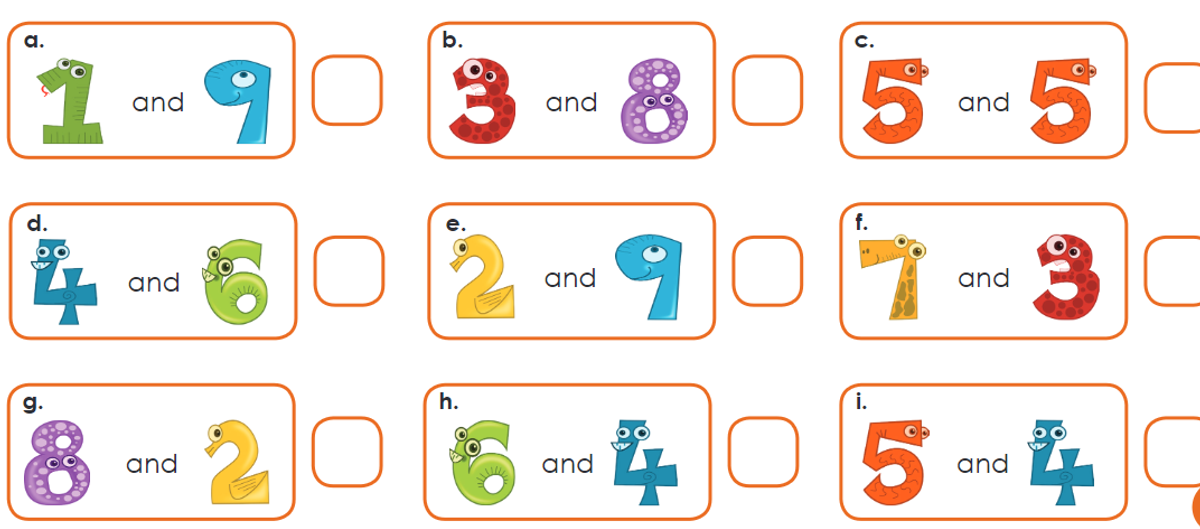The Learning Zone
"Learning is a treasure that will follow its owner everywhere." - Chinese Proverb

The Learning Zone
"Learning is a treasure that will follow its owner everywhere." - Chinese Proverb
"Coming together is the beginning, staying together is progress,
and working together is success." - Henry Ford
Congratulations to all our students in Years 3-6 who recently completed their PAT (Progressive Achievement Tests) in Reading Comprehension and Mathematics. These assessments provide valuable insights to help teachers better understand each student's current strengths and identify their next steps in learning. We are incredibly proud of the effort, focus and positive attitude shown by all students during the assessment period. Well done, everyone!


What is happening in the world of mathematics at St Joseph's? Let's take a look!
Please see the information below to assist your child at home.
Maths At Home:
Kindergarten - Addition
Kindergarten are having so much fun with Addition. Encourage your child to help you when out shopping by counting and collecting objects to put into the basket, e.g. ‘Can you get 2 apples? (add more) How many do we have altogether?’
How many more make 10 in each 10 frame?




Which combinations above make 10?
Stage 1 - Subtraction
For many years, the expectation was that students use the formal written algorithm rather than their own mental strategies for addition and subtraction.
Rather than teach rules and procedures, we now need to encourage students to explain their strategies using both concrete materials and diagrams to demonstrate their knowledge of addition and subtraction.
Students should develop an understanding that the process of subtraction can be indicated by a variety of language structures. The language used in the comparison type of subtraction can be different from that used in the take away type. For example, how might a teacher say ‘9 minus 3’?
| Comparison language | Take away language |
| What is 3 subtracted from 9? | Reduce 9 by 3. |
| By how much does 9 exceed 3? | From 9 take 3. |
| What number is 3 less than 9? | Take 3 from 9. |
| What is the difference between 9 and 3? | 9 take away 3. |
| How many added to 3 make 9? | Decrease 9 by 3. |
| How many more than 3 is 9? | From 9 subtract 3 |
Stage 2 - Multiplication
Times tables are a brilliant brain-training exercise for students. Good times-tables knowledge is vital for quick mental maths calculations and problem solving, e.g. if a child knows that 6 x 3 = 18 they will be able to work out that 6 x 30 = 180 or 60 x 3 = 180 almost instantly.
Problems to solve:
In a classroom, there are 3 tables that seat 10 people each. What is the total number of students who can be seated in the classroom.
I have to attach legs to 20 stools. Each stool has five legs. How many legs will I attach?
Stage 3 - Time
Stage 3 are working on Time.
Practice Conversion Skills: Encourage your child to practice converting between 12-hour and 24-hour time formats regularly. Provide them with opportunities to work with different times and contexts. You can create activities where they convert between the two formats, using both digital and analog clocks.
Create Real-life Scenarios: Help your child understand the practical application of both 12- and 24-hour time systems by creating real-life scenarios. For example, discuss with them why 24-hour time is used in contexts like train schedules or international communication to avoid confusion between AM and PM.
Have a great week of learning and fun.
Maree Holland & Greg O'Toole